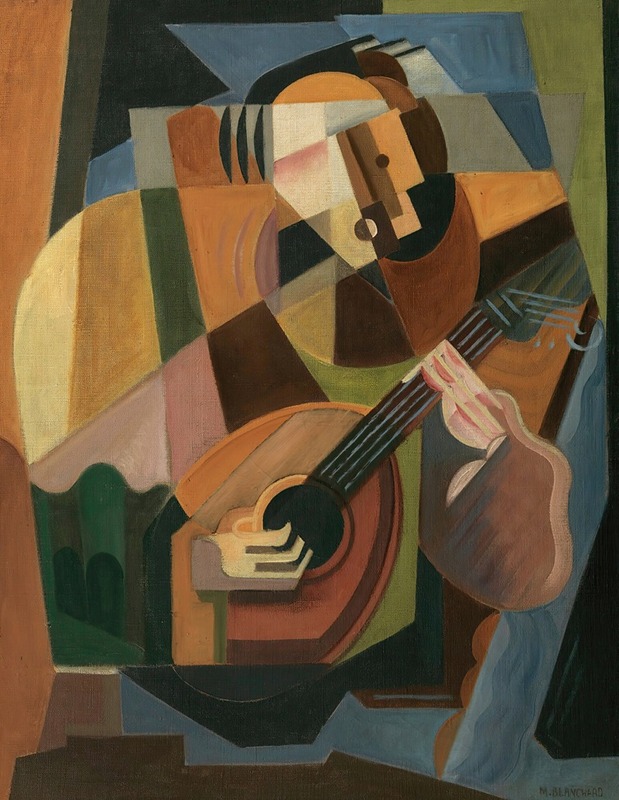
Le Joueur De Luth
A hand-painted replica of María Blanchard’s masterpiece Le Joueur De Luth, meticulously crafted by professional artists to capture the true essence of the original. Each piece is created with museum-quality canvas and rare mineral pigments, carefully painted by experienced artists with delicate brushstrokes and rich, layered colors to perfectly recreate the texture of the original artwork. Unlike machine-printed reproductions, this hand-painted version brings the painting to life, infused with the artist’s emotions and skill in every stroke. Whether for personal collection or home decoration, it instantly elevates the artistic atmosphere of any space.
Le Joueur De Luth (The Lute Player) is a painting by the Spanish artist María Blanchard, created in 1917. María Blanchard, born on March 6, 1881, in Santander, Spain, was a prominent figure in the early 20th-century art scene and is often associated with the Cubist movement. She was known for her unique style that combined elements of Cubism with her own expressive approach.
Le Joueur De Luth is one of Blanchard's significant works from her Cubist period. The painting depicts a musician playing a lute, a stringed musical instrument that was popular in Europe during the Renaissance and Baroque periods. The composition of the painting reflects the typical characteristics of Cubism, with fragmented forms and a focus on geometric shapes. Blanchard's use of color and form in this painting demonstrates her ability to convey depth and emotion through abstraction.
The painting is executed in oil on canvas, a medium commonly used by Blanchard. The dimensions of the artwork are 100 cm by 73 cm. In Le Joueur De Luth, Blanchard employs a muted color palette, with shades of brown, gray, and ochre dominating the composition. The musician is depicted in a seated position, with the lute held close to the body. The fragmented and faceted forms of the figure and the instrument create a sense of movement and rhythm, echoing the musical theme of the painting.
Blanchard's approach to Cubism was influenced by her interactions with other artists of the time, including Juan Gris and Diego Rivera. Her work often explored themes of music, still life, and the human figure, and she was known for her ability to infuse her compositions with a sense of vitality and emotion. Le Joueur De Luth is a testament to her skill in balancing abstraction with a sense of narrative and character.
María Blanchard's contributions to the art world were significant, and she remains an important figure in the history of modern art. Despite facing physical challenges due to a congenital condition that affected her spine, Blanchard pursued her passion for art with determination and resilience. Her work has been exhibited in various galleries and museums, and she is recognized as one of the key female artists of the early 20th century.
Le Joueur De Luth is housed in the Museo Nacional Centro de Arte Reina Sofía in Madrid, Spain. The museum is home to an extensive collection of modern and contemporary art, and Blanchard's painting is part of its permanent collection. The inclusion of her work in such a prestigious institution underscores her importance in the art historical canon.
In summary, Le Joueur De Luth by María Blanchard is a notable example of her Cubist work, showcasing her ability to blend geometric abstraction with expressive content. The painting reflects her unique artistic vision and her contributions to the development of modern art.








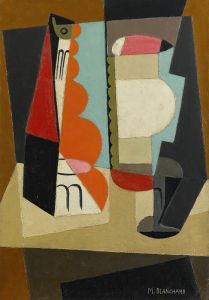

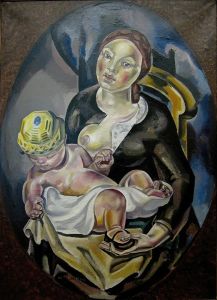

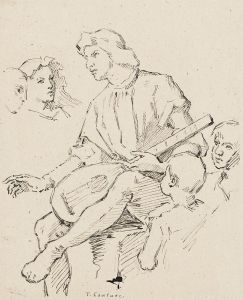
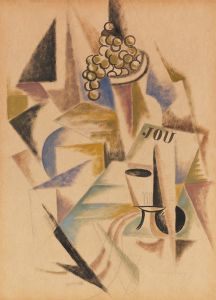
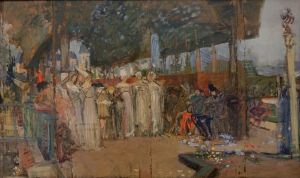


![Graphic design of nude female.] [Cubist composition drawing](/imgs/249427/s/winold-reiss-graphic-design-of-nude-female-cubist-composition-drawing-b6f17b02.jpg)